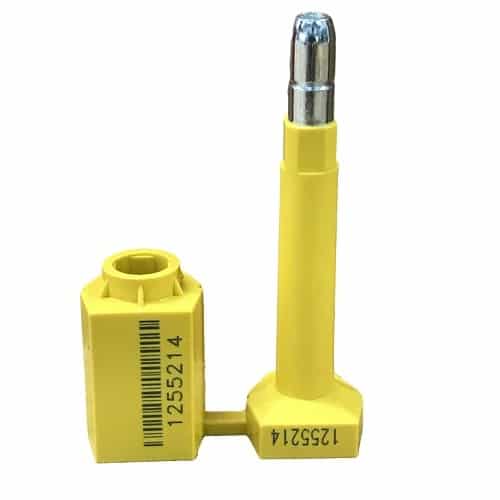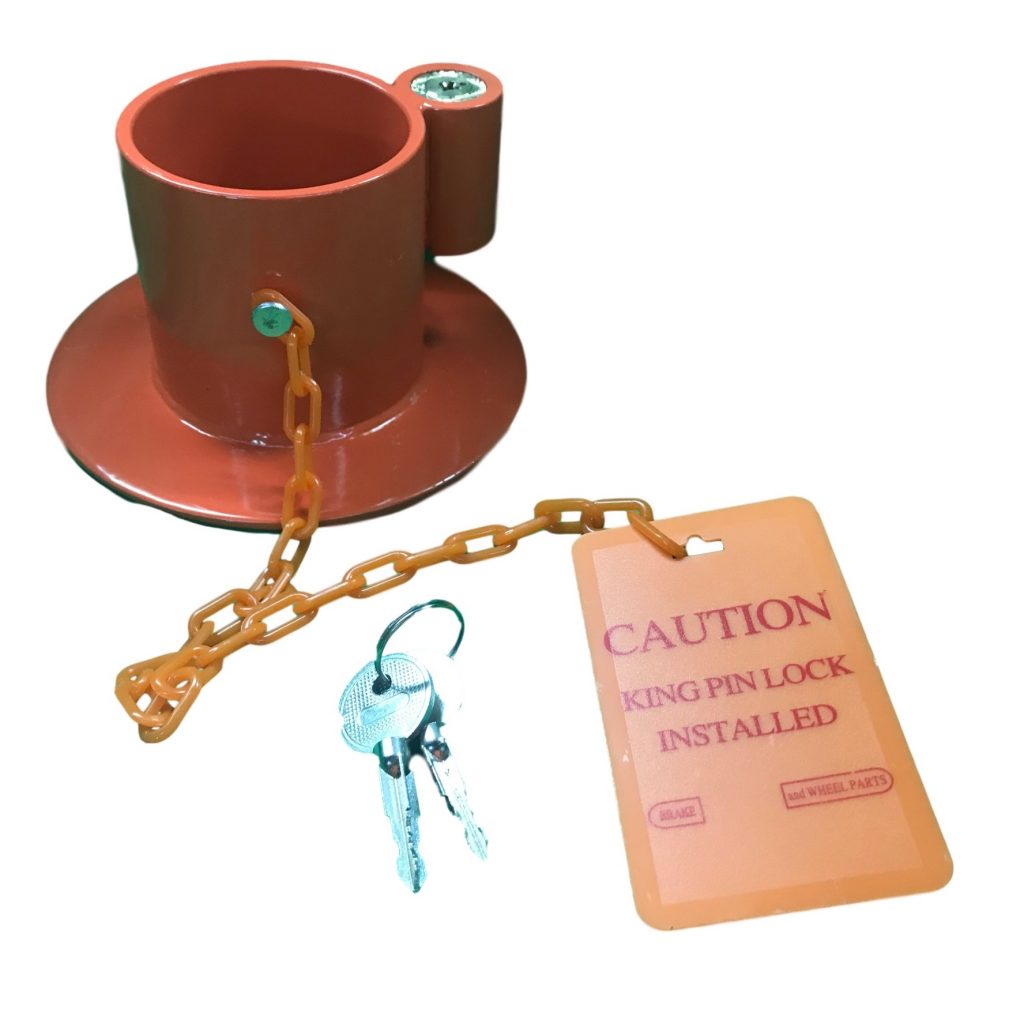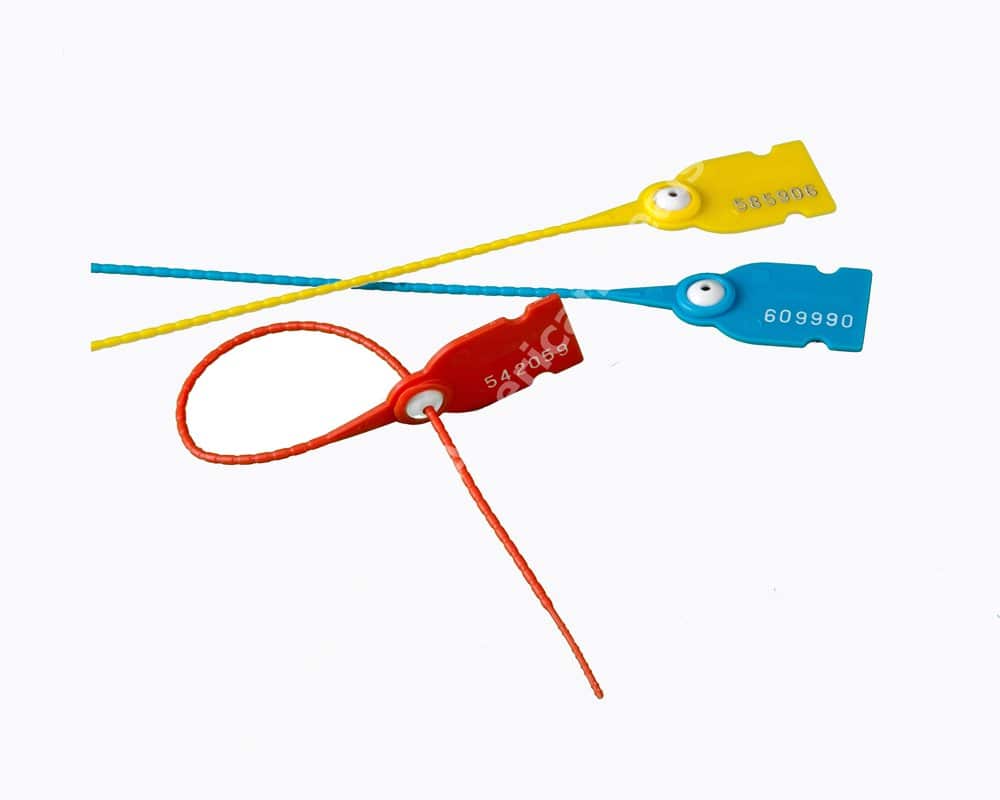- Bar / Barrier Seals
- Bolt Seals
- Cable Seals
- Pull Tight Cable Seal 17″ (5/64″ / 1.8mm) PTSEAL (17″)
- Pull Tight Cable Seal 39″ (5/64″ / 1.8mm) PTSEAL (39″)
- Pull Tight Cable Seal – Model JoeGuard Series 12″
- Pull Tight Cable Seal – Model JoeGuard Series 39″
- Pull Tight Cable Seal – Model JoeGuard Series 58″
- Pull Tight Cable Seal – Model JoeGuard 78″
- Plastic Seals
- Tin Seals
- Meter Seals
- Tamper-Proof Labels
- Trailer Seals
How do bolt security seals work?

The Unyielding Guardian: What are Bolt Security Seals and Their Indispensable Role in Modern Logistics
In the vast and intricate web of modern global logistics, the movement of goods from origin to destination relies on a complex interplay of efficiency, speed, and, crucially, security. While advanced tracking systems and sophisticated software play their part, a humble yet immensely powerful device stands as the frontline defender of cargo integrity: the bolt security seal.
These seemingly simple locking mechanisms are far more than just “tamper-evident” indicators; they are high-security barriers that have become indispensable in safeguarding shipments, preventing theft, and ensuring compliance across the international supply chain.
What is a Bolt Security Seal?

Bolt seal ISO PAS 17712 High Security CTPAT
At its core, a bolt security seal is a robust, single-use mechanical device designed to secure the locking mechanisms of shipping containers, trucks, trailers, and railcars. It typically consists of two main components:
- The Metal Bolt: A sturdy steel pin, often coated in plastic, with a unique serial number or barcode.
- The Locking Mechanism (Barrel/Cap): A barrel-shaped housing that securely locks onto the bolt, forming an unbreakable seal once applied.
The design ensures that once the bolt and barrel are clicked into place, they cannot be separated without specialized tools, typically heavy-duty bolt cutters, and any attempt to remove them will leave clear, irreversible evidence of tampering.
The Mechanics of Security: How Bolt Seals Work
The effectiveness of bolt seals lies in their simple yet highly secure operation:
- Application: The bolt is inserted through the aligned holes of the container’s locking hasps (the metal fittings on the doors).
- Locking: The barrel is then pushed firmly onto the end of the bolt until it clicks, indicating a secure lock. This action creates a strong, physical barrier.
- Unique Identification: Each bolt seal is permanently marked with a unique serial number, often accompanied by a barcode. This number is recorded on shipping documents, allowing for precise tracking and verification throughout the journey.
- Tamper Evidence: The design is engineered so that any unauthorized attempt to open, bypass, or manipulate the seal will cause visible damage to either the bolt or the barrel, making tampering immediately evident to customs officials, receivers, or any authorized personnel inspecting the container.
- Removal: The seal can only be removed at the destination by cutting the bolt with powerful bolt cutters. The destroyed seal serves as proof of opening and cannot be reused.
Why Bolt Seals are Critical in Modern Logistics
The importance of bolt security seals in today’s global logistics operations cannot be overstated. They are a cornerstone of supply chain security, offering multiple layers of protection and compliance:
1. High-Security Barrier and Theft Deterrent:
Unlike simpler indicative seals, bolt seals are classified as “High-Security Seals” under the ISO PAS 17712 standard. Their robust construction makes them incredibly difficult to remove without specialized tools, acting as a significant physical deterrent against opportunistic theft or unauthorized access. The sheer effort required to bypass a certified bolt seal makes it a less attractive target for criminals.
2. Tamper Evidence and Integrity Verification:
This is perhaps their most crucial function. Any attempt to compromise a bolt seal – whether through cutting, bending, or attempting to open the locking mechanism – leaves irrefutable physical evidence. This “tell-tale” sign immediately alerts anyone inspecting the container that its integrity has been breached, triggering investigations and preventing compromised goods from entering the legitimate supply chain. This transparency is vital for maintaining the chain of custody.
3. Regulatory Compliance and International Acceptance:
Bolt seals that meet the ISO PAS 17712:2013 standard (specifically the “H” or High-Security classification) are globally recognized and often required by customs authorities worldwide, particularly for international freight. Programs like the U.S. Customs and Border Protection’s Customs Trade Partnership Against Terrorism (C-TPAT) mandate the use of ISO 17712 compliant high-security seals for cross-border shipments entering the U.S. This compliance streamlines customs clearance, reduces delays, and avoids potential penalties.
4. Enhanced Traceability and Accountability:
The unique serial number on each bolt seal creates an immutable link between the seal, the container, and its contents. This allows logistics professionals to:
- Verify the authenticity of the seal upon receipt.
- Track the movement of specific containers throughout the supply chain.
- Maintain detailed records for auditing and accountability.
- Quickly identify the point of compromise if tampering occurs.
5. Protection of High-Value and Sensitive Cargo:
For shipments of high-value goods (electronics, luxury items), sensitive materials (pharmaceuticals, chemicals), or perishable products, bolt seals provide an essential layer of protection. They reassure shippers and receivers that the cargo has remained untouched since its departure, preserving product integrity and preventing contamination or substitution.
6. Mitigation of Financial Losses and Reputation Damage:
By deterring theft and providing clear evidence of tampering, bolt seals significantly reduce financial losses associated with stolen or damaged cargo. This, in turn, minimizes insurance claims, operational disruptions, and the often more damaging impact on a company’s reputation and customer trust.
Types of Bolt Security Seals
While the core design is consistent, variations exist to enhance security features:
- Coated vs. Uncoated: Some bolts have a plastic coating, which can offer additional tamper evidence if the coating is damaged.
- Anti-Spin Feature: Many modern bolt seals incorporate an “anti-spin” design, which prevents the bolt from being rotated freely once locked. This makes it harder for sophisticated thieves to use tools that require rotation to bypass the seal.
- Barcodes and QR Codes: In addition to serial numbers, many seals now include barcodes or QR codes, enabling faster and more accurate scanning for inventory management and digital tracking.
Best Practices for Maximizing Bolt Seal Effectiveness
Simply using bolt seals isn’t enough; proper implementation is key:
- Choose ISO 17712 Certified Seals: Always insist on seals from reputable manufacturers that have been independently tested and certified to meet the “High Security” (H) classification of ISO PAS 17712.
- Proper Application: Ensure seals are applied correctly and securely, as per manufacturer instructions, engaging fully with the container’s locking mechanism.
- Record Keeping: Meticulously record the unique serial number of each seal on all relevant shipping documents (bill of lading, manifest, etc.).
- Visual Verification: Train personnel at every handover point to visually inspect seals for any signs of tampering before accepting the container.
- Controlled Storage and Issuance: Store unused seals in a secure, controlled environment with limited access. Implement a system for tracking the issuance and use of each seal to prevent internal fraud.
- Prompt Reporting of Discrepancies: Any broken, missing, or tampered seals must be immediately reported and investigated.
Conclusion
In the intricate dance of modern logistics, where cargo crosses countless borders and traverses vast distances, the bolt security seal stands as an unwavering sentinel. It’s a testament to how a seemingly small and simple device can exert such a profound impact on global trade. By combining robust physical security with undeniable tamper evidence and adhering to international standards, bolt seals play an indispensable role in securing supply chains, mitigating risks, fostering trust, and ultimately, ensuring that goods arrive safely and uncompromised at their final destination.
Our variety of security seals (such as our bolt seals, cable seals, and bar seals) for containers, shipping, material tracking, chemical, logistics, medical, education, and facility securities endure rigorous testing for CTPAT and ISO PAS 17712 certification. We have stocked up in anticipation of the necessity to provide the best in security, anti-tampering, and general protection of your products and services.
Throughout the industries affected, we can guarantee our services have remained intact and will continue to adhere to health guidelines set forth using out CTPAT and ISO PAS 17712 regimens and specifications as seen on www.americanseals.com.
We welcome you to contact us at sales@americanseals.com to decide how we can accommodate your security needs for shipping, container, materials tracking, voting, chemical, oil, medical, and a plethora of applications.
Best regards!




